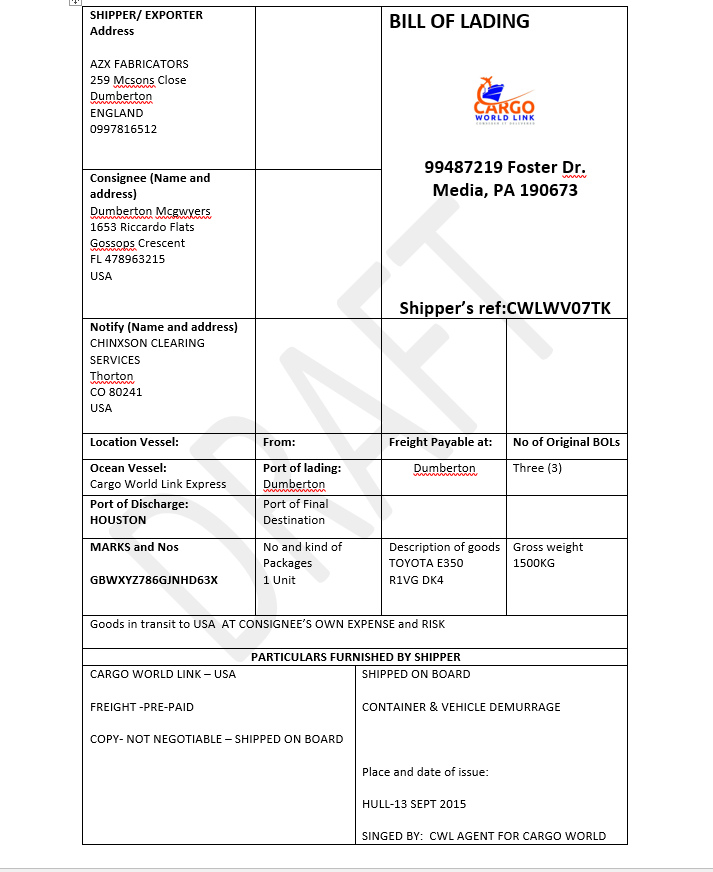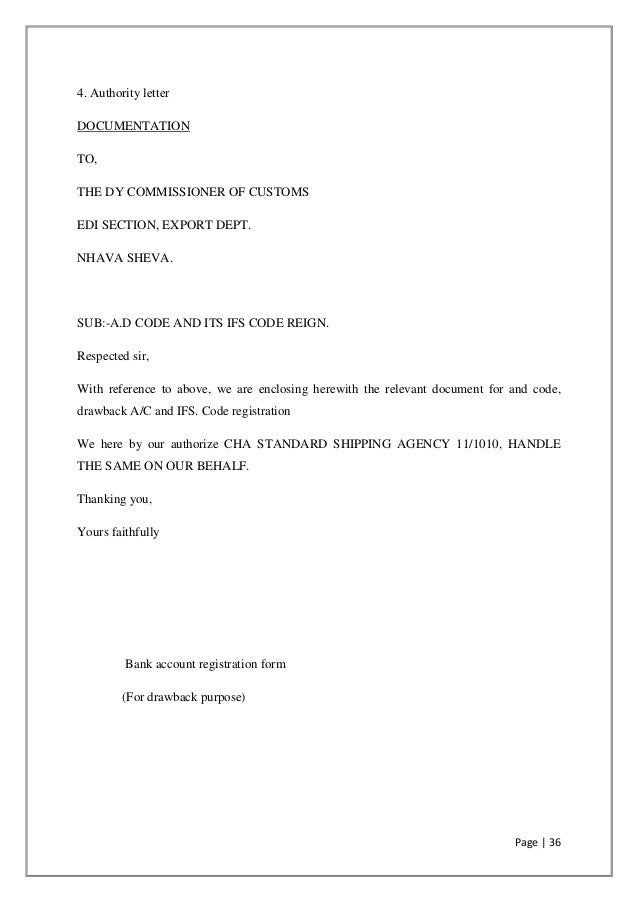
What is a bill of lading? A Bill of lading serves mainly three functions. It acts as the receipt of goods. It is document of title. To proceed further it is expected that one is well versed with the terms like Shipper, consignee, Receiver, carrier.
Bills of lading are transportation documents that carriers issue to shippers. These contain information regarding the shipment such as quantity, destination and type of cargo. A bill of lading also serves as a. The shipper, like the other parties, gets protection from this contract. Primarily, it protects the shipper from theft and fraud. The document explains exactly what the cargo is and how much is required to be transported.
The receipt contains a detailed list of all of the shipments goods. The Canada Border Services Agency (CBSA) will need to know exactly what is on your truck. Issued by a freight carrier to a shipper, this type of freight shipping documentation also serves as a shipment receipt for when the goods arrive at the predetermined destination. The bill establishes an agreement between the transportation company and the shipper of goods. The transportation carries use the records and provide it to the shipper.
It serves as proof that the carrier has gotten the goods from the shipping agent in good condition. The bill of lading is a receipt given to the shipper in exchange for the cargo. Title to the Goods. It serves the below-mentioned purpose : The bill is evidence for the contract of transporting of goods and it contains the terms and conditions under which goods will be transported. Although the term historically related only to carriage by sea, a bill of lading may today be used for any type of carriage of goods.
This is issued by a carrier to a shipper to detail the method and path of a shipment, and is used as a contract for the movement of the cargo. On a combined transport bill of lading , the carrier is responsible for any loss or damage that occurs to the shipment, at any point, until it reaches its final destination. Through Bill of Lading. A through bill of lading is similar to the combined transport bill of lading , in that it covers multiple methods of transportation. Release of cargo at destination may be issued ONLY to the named consignee and ONLY upon surrender of at least of the original bills issued.

Bill of Lading is one of the three crucial documents which is used excessively in international trade to ensure the exporters receive their payment and respective importers receive their merchandise. The other two important documents in international trade would be the policy of insurance and an invoice. The function attributed to Bill of lading is based on ancient customs and usages followed by merchants in trade known as lex_marcatria (law merchants).
Basically, it is a contract between the two of you. Each and every reliable mover is going to provide you with this document. In this way, they will ensure your relocation goes as smoothly as possible.
The name of the consignee in this document may be “bearer”. For a shipper, making sure all information filled out on the bill of lading reduces shipping errors – which is something that growing companies simply cannot afford. Hi Darrel, a bill of lading is consigned based on what the shipper (or seller) wants to do with the cargo. Say for example he has a CAD (Cash Against Delivery) arrangement with a buyer and he knows the consignee for many years and they have mutual trust, then the seller can issue a bill of lading showing the buyer as the consignee.
The Bill of Lading is the contract of carriage, in other words it embodies the agreement between the carrier and the shipper on movement and delivery of goods. Bill of lading is a written evidence of a contract for the carriage and delivery of goods sent by sea for certain freight. Typically, a shipper delivers goods to a carrier while the carrier or his.
No comments:
Post a Comment
Note: only a member of this blog may post a comment.